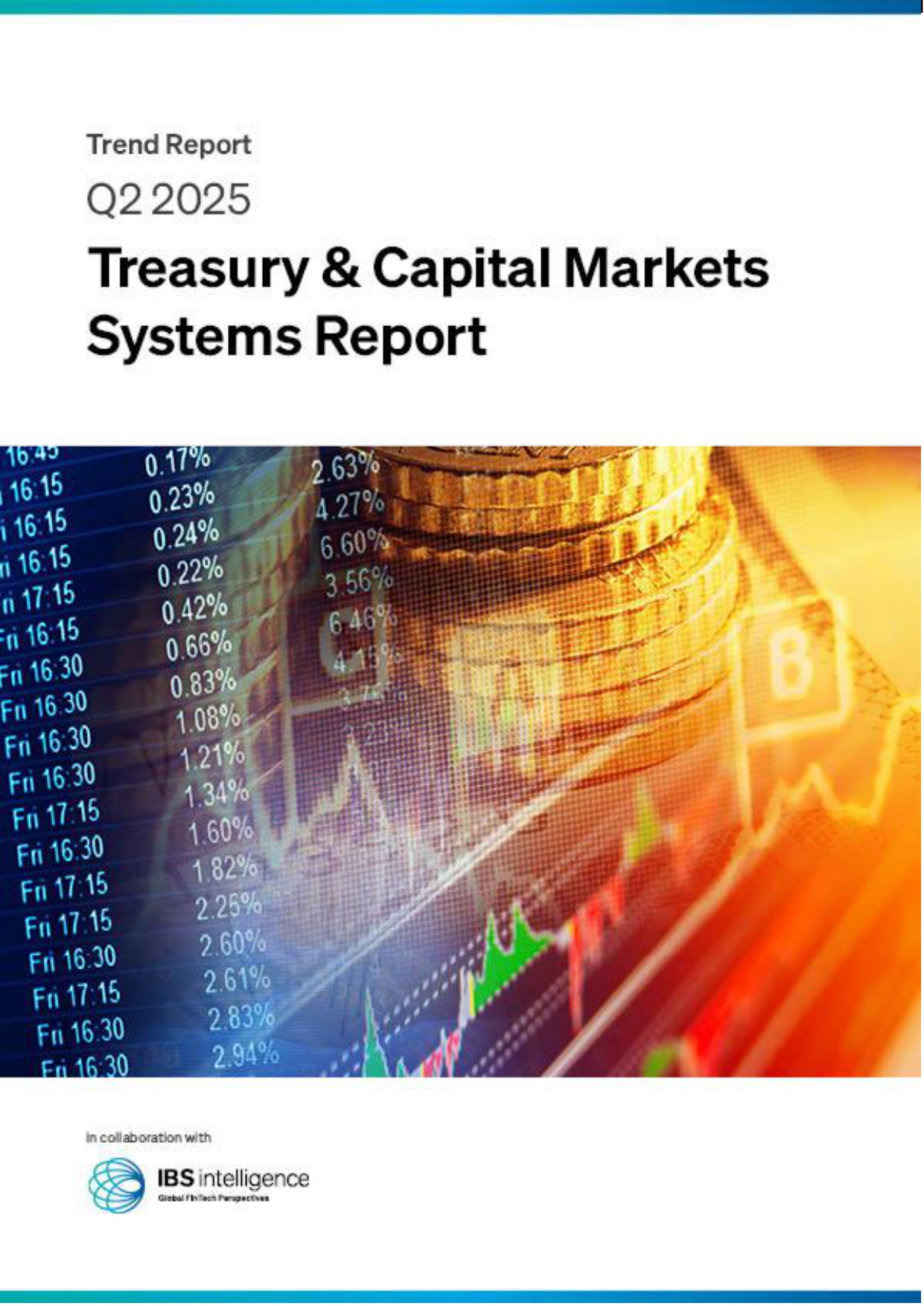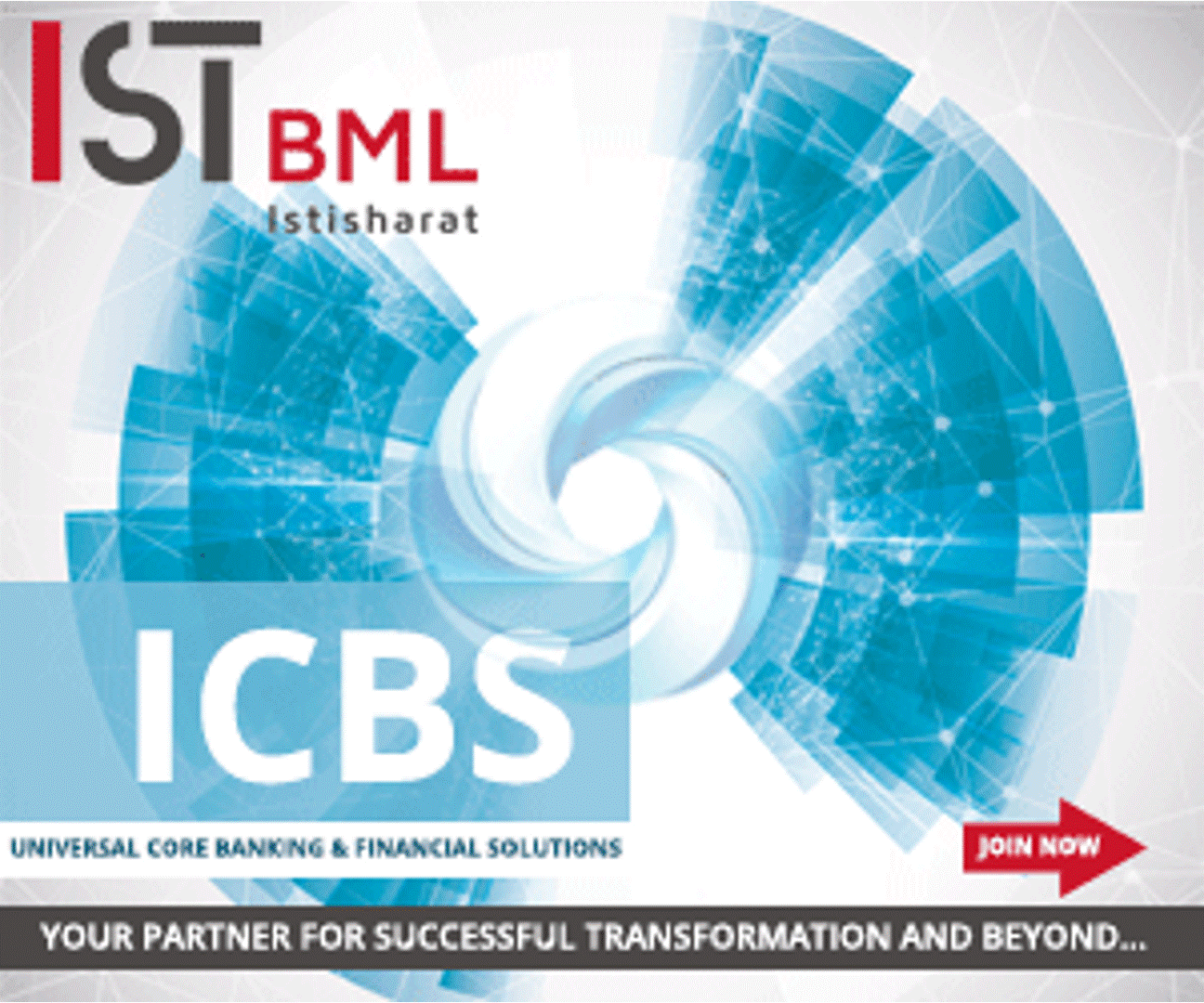 Back
Back
5 evolving fraud trends impacting financial institutions amid COVID-19
By Pavithra R
 The COVID-19 has altered the way we live in countless ways. The current recommendations for social distancing to reduce human interaction has reduced the usage of cash and the touching of contact points such as PIN pads and cash machines.
The COVID-19 has altered the way we live in countless ways. The current recommendations for social distancing to reduce human interaction has reduced the usage of cash and the touching of contact points such as PIN pads and cash machines.
Criminals are ever more on the offensive, continually researching new vulnerabilities and developing fresh attack vectors. Financial institutions have also sped up the clock in terms of process and technology investments to keep up the pace. The pandemic has resulted in many unplanned headaches and has revealed many downsides of the current financial service ecosystem pertaining to digital identity, data protection, credit scams, forgery impacting individuals, businesses and government agencies.
Regulators worldwide have been tightening controls on compliance and security and are re-examining conventional anti-fraud models. However, financial crimes in banks have become much more than just a bottom-line loss problem. The need for financial institutions to rethink in the very approach to combating financial crime lies in the core.
Below is a list of a few major threats affecting banks, the symptoms and curative measures. The following data has been captured and analyzed from clari5 & Fiserv.
Detecting Account Takeovers & Synthetic Identities
Digital transformation has resulted in more personal information becoming accessible to criminals, whether through major data breaches or attacks on individual accounts. Synthetic identities are a significant challenge because there’s not an industry standard or a single definition that can be used to establish the legitimacy of an identity. Fraudsters create synthetic ID’s leveraging valid social security numbers (SSNs) and invalid personal identifiable information (PII).
Synthetic ID’s are used to commit banking fraud because they are specifically designed to circumvent security checks. Financial institutions are combining person’s sovereign information with data analytics and machine learning as a powerful defence.
Money Laundering
The goal of money laundering is to move the cash around to create layers that obfuscate the source of the criminal funds and, ultimately, turn the proceeds of crime into “legitimate” assets. According to the United Nations Office on Drugs and Crime, money laundering represents 2 and 5 percent of global gross domestic product (GDP), or $800 billion to $2 trillion.
But Financial institutions have been subject to anti-money laundering oversight for years, and many have systems in place to monitor that activity. So the balloon effect of financial crime applies. Financial institutions squeeze the area of money laundering, and criminals find a new path. Financial institutions are catching these activities head-on by casting the net of monitoring and investigations wider and sharing intelligence with law enforcement, peers and even competitors in the name of preventing financial crime.
Managing Speed
Everyday financial institutions are dealing with the faster movement of money and have to ensure financial crime detection without inhibiting the customer experience. From customer onboarding to settling transactions are all happening in near real-time.
FIs are levering advanced detection techniques as a way of mitigating risk to identify which transactions is legitimately suspicious rather than just getting a false positive. Continued adoption of a risk-based approach to monitoring based on the risk profile of the person or organization can be expected.
Money Mules
In money mules, individuals receive communications apparently from trusted source requesting PIIs; the communication has a link in which the customer is asked to provide their PII. When a user clicks the link, they are taken to fraudulent online sources and becomes subjects to fraudulency. Fraudsters recruit money mules usually via phishing mails and messages. The coronavirus has increased money mule fraudsters deceiving and taking advantage of the prevailing circumstances. Besides the existing money mules such as unwitting, complicit, unwilling, etc., the pandemic has given rise to new types of money mules such as ‘unwitting-unwilling’.
Financial institutions are trying to combat money mules in the beginning stage itself by leveraging historical account data and setting alerts in times of suspicious activities, However, if the criminals have succeeded in creating accounts, then behavioural biometrics in conjunction with historic device and environment data is utilised to track frauds.
Chargeback frauds
Chargeback frauds can be of two type: friendly and hsotile. Friendly chargeback occurs when an actual customer files a chargeback with the credit card issuer claiming a fraudulent transaction so as to avoid time consuming merchant dispute addresal process. Hostile fraud is someone who misrepresents themself as a customer of card holder with the intend of defrauding the business.
Card associations dictates participation guidelines to the banks that wish to issue their cards. However, if the banks wish to transact via Visa cards, then they adhere to Visa’s interchange rules and regulations. Chargeback prevention is one important component of an enterprise wide fraud prevention solution. Device level data and behavioural analytics are increasing being used to identify and prevent chargebacks.
IBSi FinTech Journal
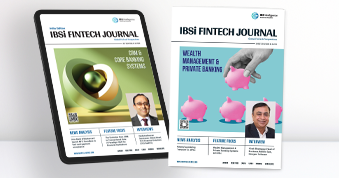
- Most trusted FinTech journal since 1991
- Digital monthly issue
- 60+ pages of research, analysis, interviews, opinions, and rankings
- Global coverage
Other Related News
Related Reports

Sales League Table Report 2025
Know More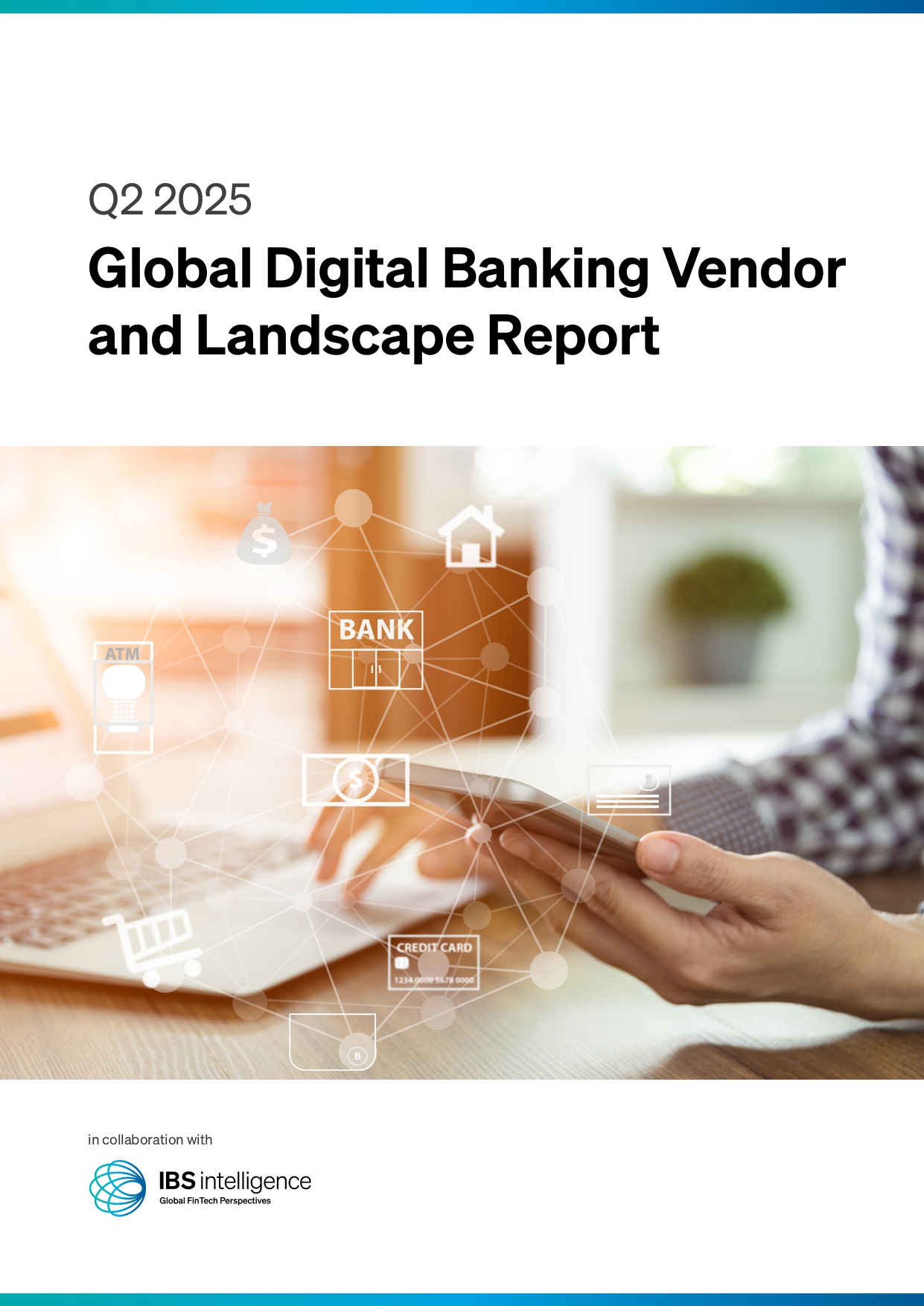
Global Digital Banking Vendor & Landscape Report Q2 2025
Know More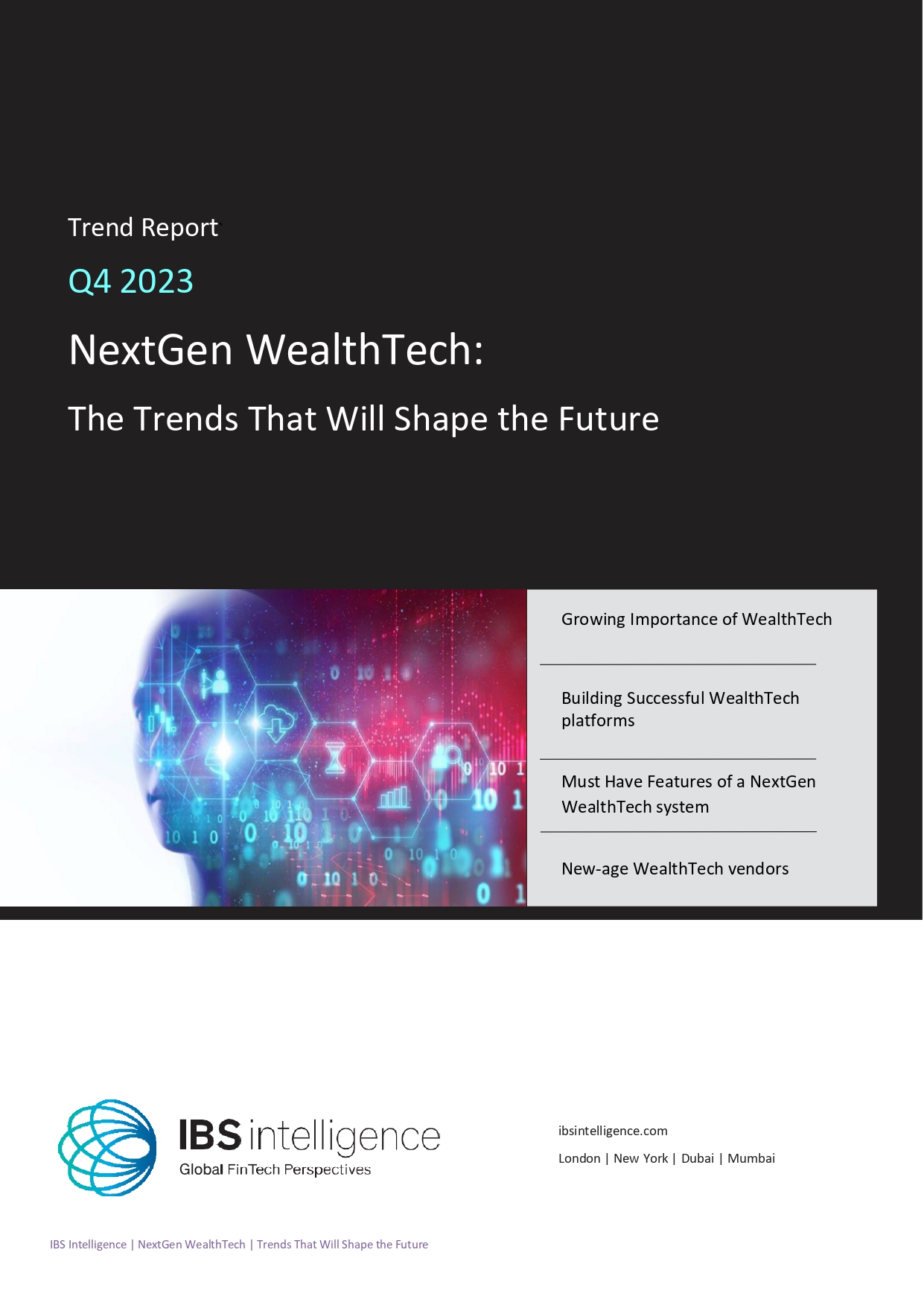
NextGen WealthTech: The Trends To Shape The Future Q4 2023
Know More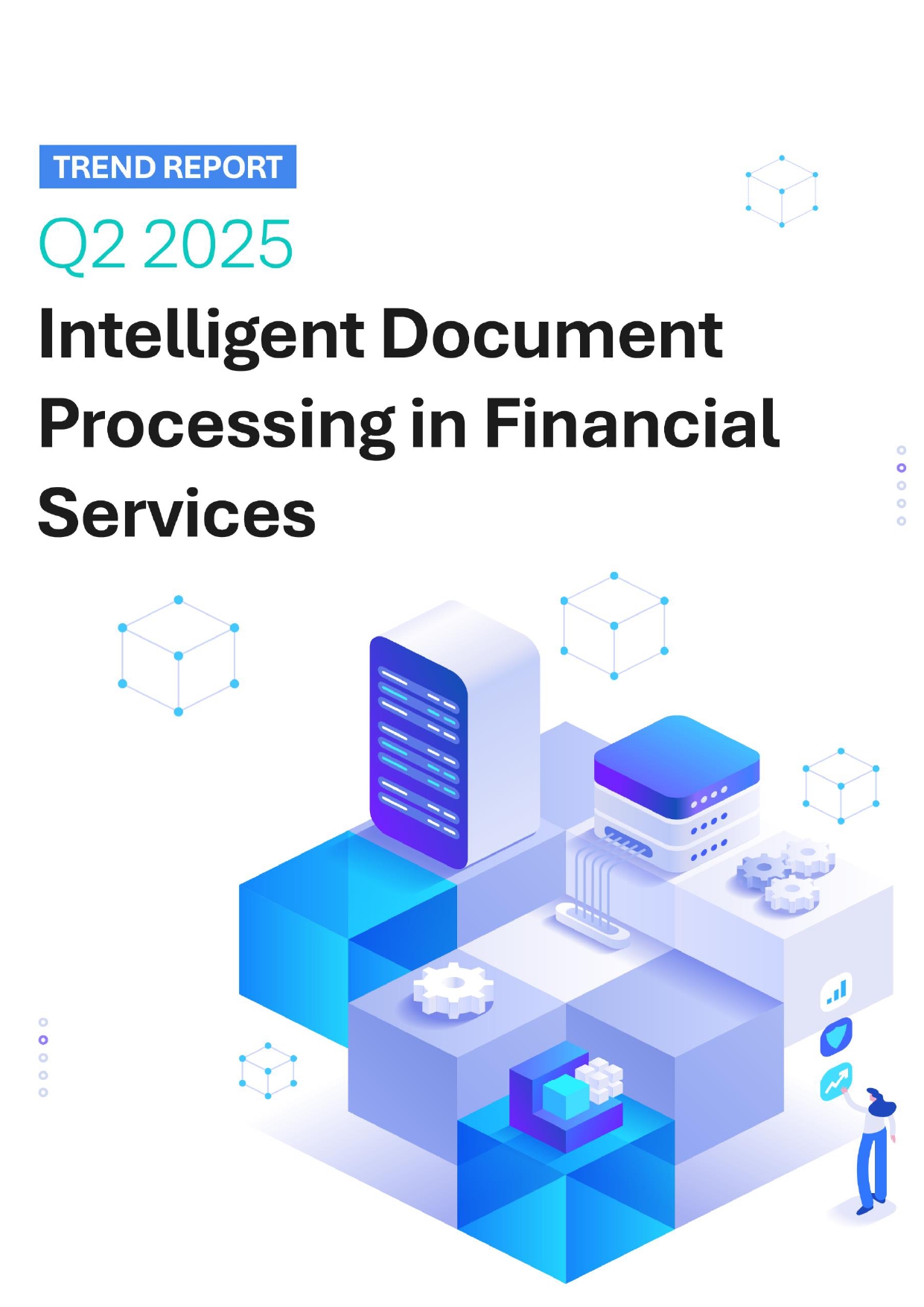
Intelligent Document Processing in Financial Services Q2 2025
Know More